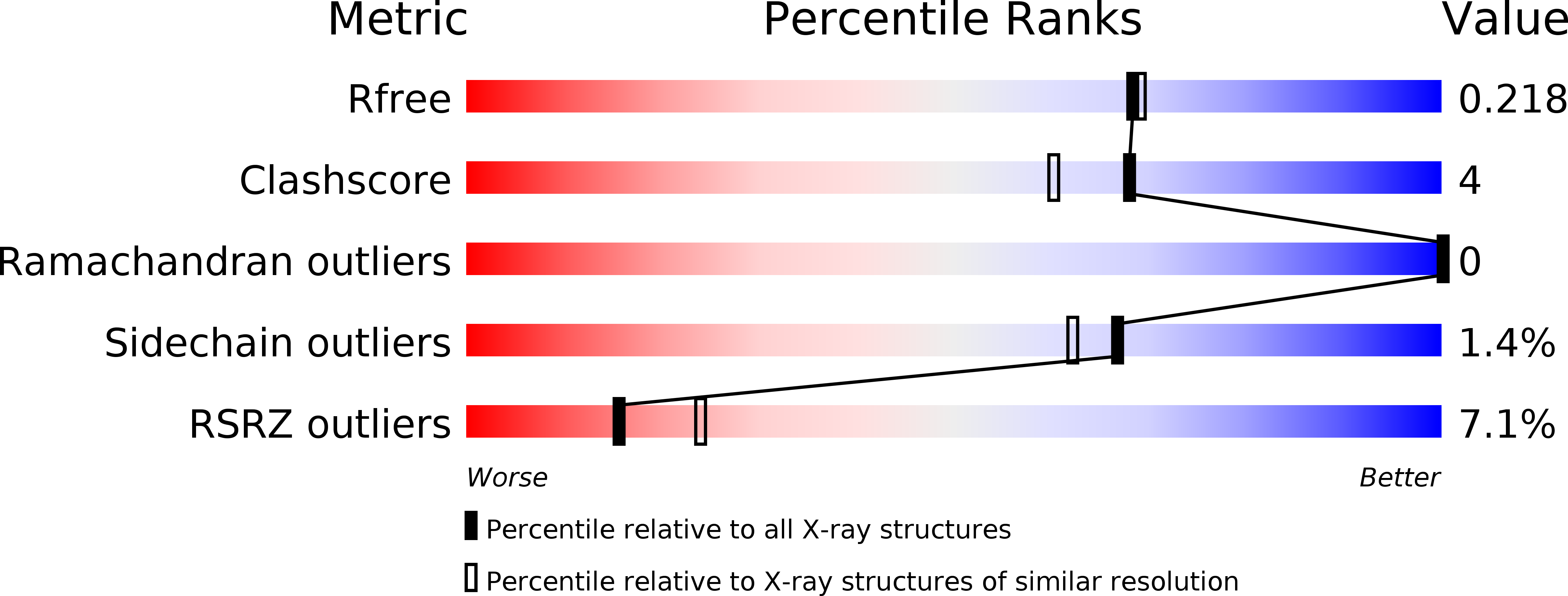
Deposition Date
2018-07-24
Release Date
2019-07-10
Last Version Date
2023-10-11
Entry Detail
Biological Source:
Source Organism:
Chlamydia trachomatis (Taxon ID: 813)
Host Organism:
Method Details:
Experimental Method:
Resolution:
1.95 Å
R-Value Free:
0.21
R-Value Work:
0.17
R-Value Observed:
0.17
Space Group:
P 1


